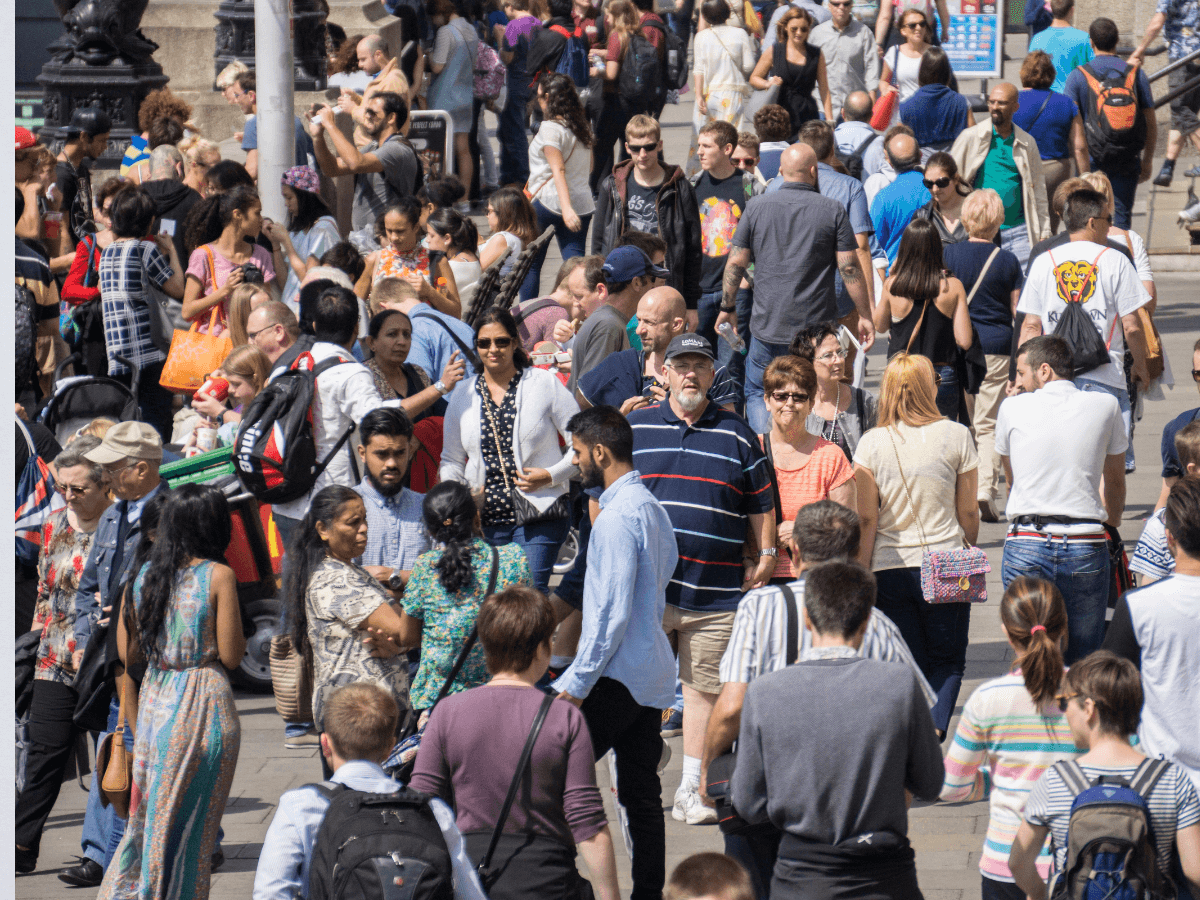Newcomer Digest
Archives
Capacity Economy Canada Immigration: Did Ottawa's Cuts Go Too Far?
SIGN UP FOR OUR NEWSLETTER
Canada’s Immigration Pullback: A Necessary Breather or an Economic Death Wish? |
The federal government is slashing immigration targets to ease the strain on housing and services. Business leaders are sounding the alarm, warning of 'catastrophic' consequences. Has Ottawa finally listened to Canadians, or just signed our economic death warrant? |
The federal government has finally pulled the trigger on a policy shift that many Canadians have been demanding for years.
In a move that sends shockwaves through every sector of the economy, Ottawa is significantly cutting its ambitious immigration targets.
This is a direct response to a growing national crisis—a conversation no longer whispered but shouted from coast to coast: our cities are full.
The dream of a bigger Canada is colliding with the harsh reality of a Capacity Economy, and something had to give.
For years, the mantra has been “more is better.”
More people to fill jobs, more consumers to drive growth, more taxpayers to fund our social safety net.
But on the streets of Toronto, Vancouver, and Calgary, that growth has felt less like a boom and more like a breaking point.
It has meant bidding wars for basement apartments, jam-packed emergency rooms, and classrooms overflowing with newcomer children needing support.
Internal government documents from two years ago warned this was coming, noting that population growth was already far outpacing housing construction.
The warnings were seemingly ignored until now.
Immigration Minister Marc Miller has framed the new plan as a “responsible” and “managed” approach, designed to stabilize population growth and give our strained infrastructure a desperately needed chance to catch up.
The new Immigration Levels Plan aims to reduce the share of temporary residents to 5% of the total population and will see permanent resident admissions stabilize at 380,000 annually from 2026 to 2028, a marked decrease from previous projections.
This is the core of the debate on the Capacity Economy: Canada immigration policy can no longer operate in a vacuum, disconnected from the carrying capacity of our communities.
For residents watching their quality of life erode, this is a moment of vindication.
Polls show a dramatic shift in public opinion, with a majority of Canadians, and an overwhelming 82% of Conservative voters, now believing immigration levels are too high.
The consensus that once defined Canada’s welcoming stance is crumbling under the weight of an affordability crisis that has become the dominant national issue.
But on the other side of this seismic shift are the country's business leaders, who are watching this pullback with a sense of dread.
Organizations like the Canadian Chamber of Commerce and the Canadian Federation of Independent Business have issued dire warnings.
They argue that reducing the labour pool could have “catastrophic economic consequences” for businesses already struggling with chronic labour shortages.
Who, they ask, will staff the night shifts, build the very houses we need, or care for our aging population?
Immigrants account for over 20% of workers in construction and over 36% in accommodation and food services—sectors vital to our daily lives.
This isn't just an abstract economic argument.
It's about the small business in Brampton that can't find staff to stay open late or the tech firm in Vancouver competing for global talent.
They see the government’s move not as a responsible adjustment, but as a politically motivated overcorrection that will stifle growth and innovation.
Economists have pointed out that without the population growth driven by immigration last year, Canada’s economy would have tipped into a full-blown recession.
Newcomers don't just fill jobs; they create them by boosting consumer spending and starting businesses at a higher rate than Canadian-born citizens.
The housing crisis itself is a complex beast, and blaming it solely on newcomers is a dangerous oversimplification.
While recent studies suggest immigration contributed to a portion of housing price growth in major cities, other factors like zoning regulations, construction bottlenecks, and speculative investment play a massive role.
Ironically, the very people being blamed for the housing shortage are also essential to solving it.
The construction industry has become increasingly reliant on immigrant labour to build the homes Canada desperately needs.
By cutting the flow of new workers, are we simply shooting ourselves in the foot?
The tension is palpable.
One side sees an overburdened system where social services, from healthcare in Montreal to schools in Calgary, are at the breaking point.
They see a government that finally acknowledged the physical limits of our communities.
The other side sees a knee-jerk reaction to public pressure that threatens the economic engine of the country.
They fear a future of economic stagnation and an accelerated aging crisis without enough working-age people to support our society.
This is more than a policy debate; it’s a fight for Canada’s future.
Is it a future defined by careful, sustainable growth that prioritizes the quality of life for those already here?
Or is it one that embraces aggressive population growth as the only path to economic prosperity, whatever the cost to our social fabric?
Prime Minister Justin Trudeau's government is betting it can find a middle ground—a way to ease the pressure without killing the economy.
But with both sides dug in and the stakes this high, finding that balance may be the biggest challenge this country has faced in a generation.
The whole world is watching to see if Canada’s celebrated immigration model can bend without breaking.
---
FAQ: Understanding Canada's Immigration Shift
Q: What is the 'Capacity Economy' in the context of Canada's immigration? A: The 'Capacity Economy' refers to the idea that Canada's ability to welcome newcomers is limited by its existing infrastructure—such as housing, healthcare, schools, and transit. The recent cuts to immigration targets are a policy response to the belief that the country's capacity has been exceeded, leading to a housing crisis and strained public services.
Q: How will the new immigration targets affect local businesses? A: Business groups warn the reduced targets will worsen labour shortages, particularly in sectors like construction, hospitality, and healthcare that rely heavily on immigrant workers. They predict this could lead to reduced services, slower business growth, and potentially higher costs for consumers as companies struggle to find staff.
Q: Is immigration the main cause of the housing crisis in cities like Toronto and Vancouver? A: While a rapid increase in population from immigration has certainly increased demand for housing, experts agree it is not the sole cause. Systemic issues like restrictive zoning laws, high construction costs, labour shortages in the trades, and lack of investment in affordable housing are also major contributing factors to the crisis. Reducing immigration is seen by the government as one way to ease demand, but it doesn't address these other fundamental supply-side problems. |

